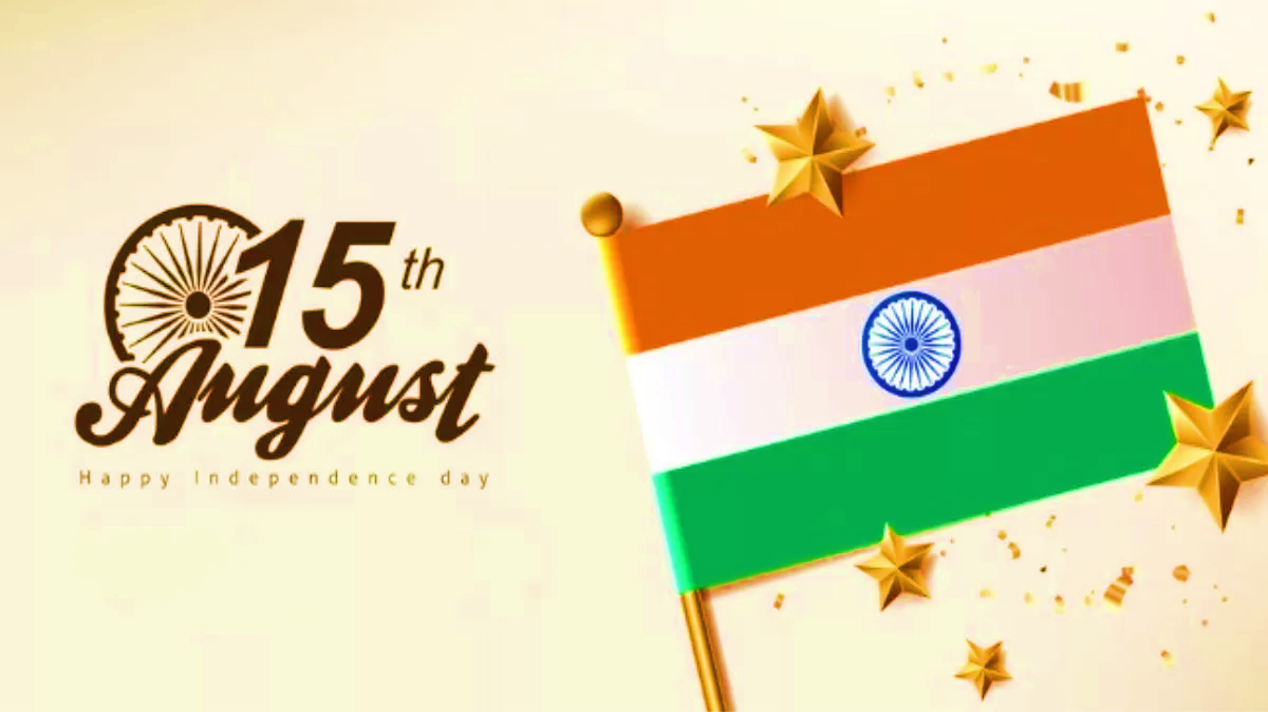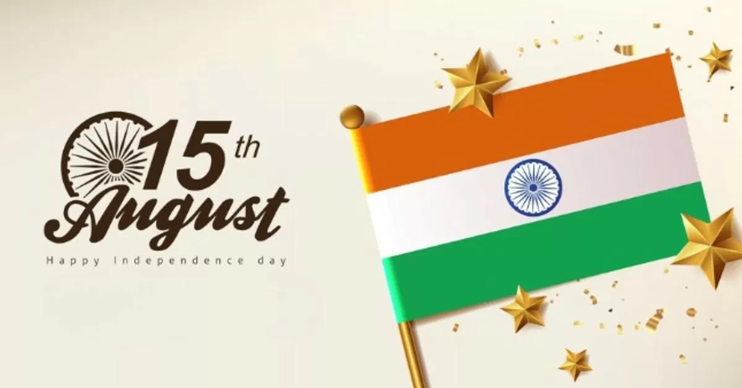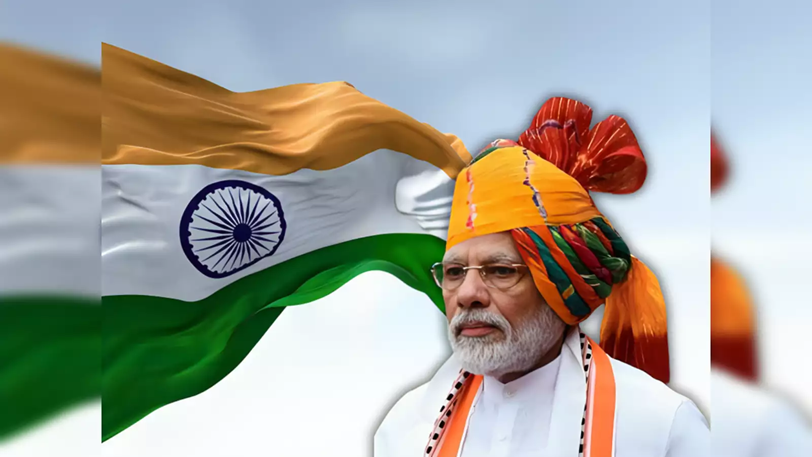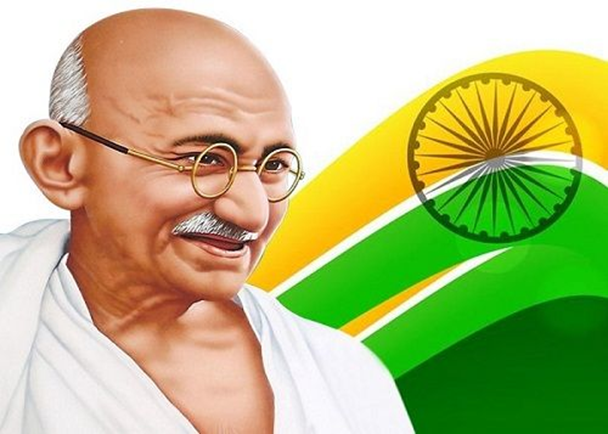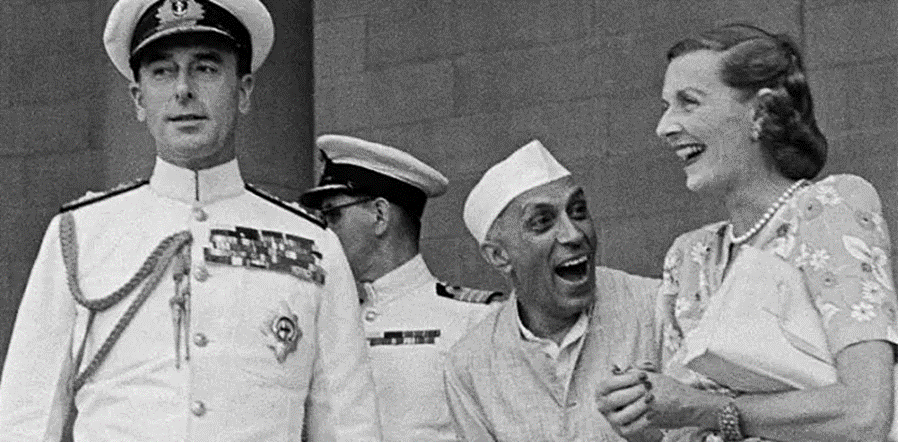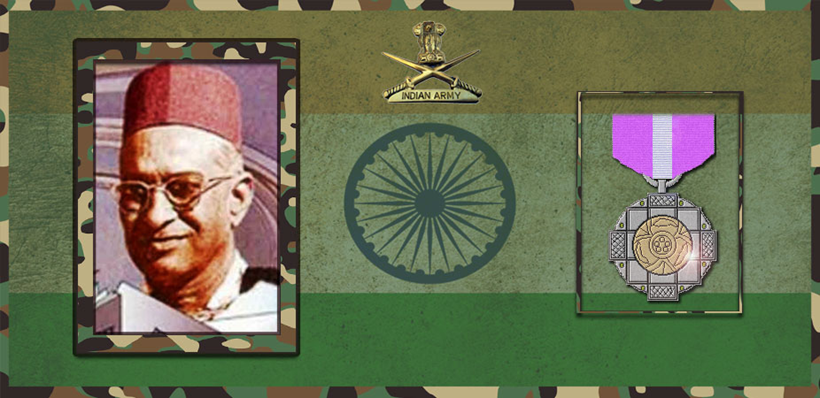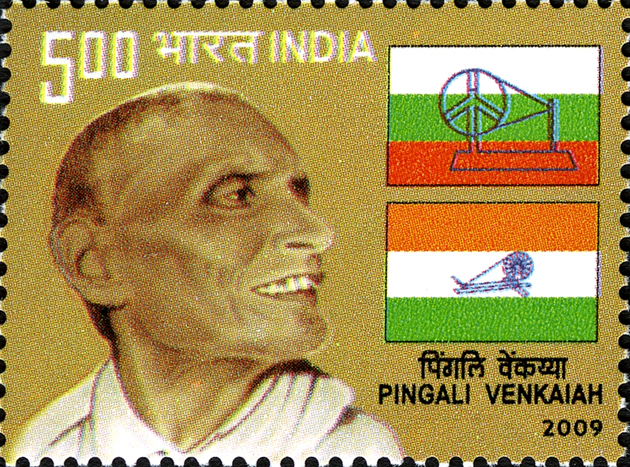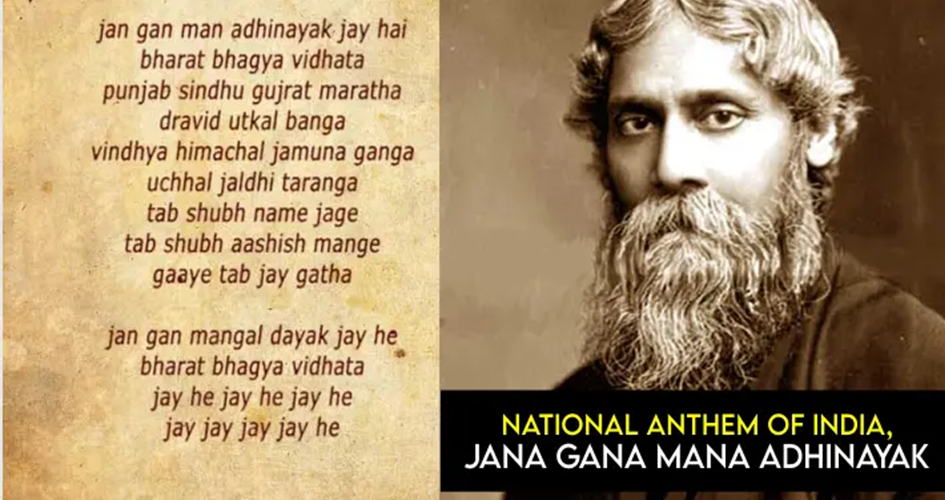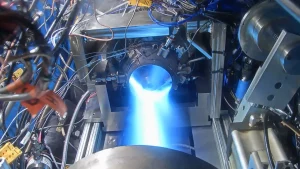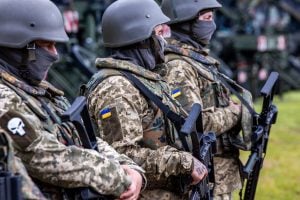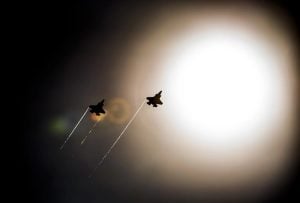India is all set to celebrate its 78th Independence Day with grandeur on Thursday, August 15. This is the day when Indians remember the freedom fighters, their struggle and their movements to free India from the clutches of the Britishers who ruled the country for more than 200 years. India got its independence from British colonial rule at the stroke of midnight on August 15, 1947
78th Independence Day
Why In News
- India is all set to celebrate its 78th Independence Day with grandeur on Thursday, August 15. This is the day when Indians remember the freedom fighters, their struggle and their movements to free India from the clutches of the Britishers who ruled the country for more than 200 years. India got its independence from British colonial rule at the stroke of midnight on August 15, 1947.
All You Need To Know
- This year’s theme for the celebration is “Viksit Bharat, “ which translates into “Developed India.” This reflects the government of India’s goal of making the country a developed nation by 2047 coinciding with the 100th anniversary of Independence. Like every year, the Independence Day celebrations will take place in the Red Fort in Delhi, where the Prime Miniter will hoist the flag and deliver a speech. This year, Prime Minister Narendra Modi will deliver his speech for the 11th time in a row.
- The terms, ‘flag hoisting’ and ‘flag unfurling’, are commonly interchanged, they represent different techniques. The flag hoisting indicates the rise of a new nation free from colonial domination. On the other hand, the flag is already on top of the flag pole on Republic Day, which signifies a free nation.
- On Independence Day, the tricolour is tied to the lower part of the flagpole, and it is raised by the Prime Minister. This act signified the country attaining freedom from the British Raj and establishing its independent identity. The raising of the national flag represents the beginning of a new era of self-governance and democracy in the country.
- January 26 marks the formal adoption of the Indian Constitution. On Republic Day, the President of India unfurls the national flag at the Kartavya Path.
- The flag is already at the top of the flagpole and is tied as a bundle with flowers before it’s unfurled by the president. India became independent before the first Republic Day celebration; hence, the raising of the flag marked the nation’s already-established freedom.
Lesser Known Facts
- Mahatma Gandhi, revered as the ‘Father of the Nation’ and a central figure in India’s fight for freedom, was unable to participate in the first Independence Day celebrations. He was not in New Delhi to take part in the festivities.
- Lord Mountbatten, the final Viceroy and India’s first Governor-General, selected August 15 as the date to declare the nation’s independence. Although the British Parliament had authorized him to transfer power to the Indian people by June 1948, he decided to move the date forward to August 15, 1947. This decision was made to prevent further violence and unrest, according to reports.
- It is believed that astrology played a role in determining the timing of India’s independence. Hardeoji and Suryanarain Vyas of Ujjain advised Babu Rajendra Prasad, who would later become India’s first President, that August 15, 1947, was considered inauspicious according to astrological calculations. Upon learning that the British would only allow India to select a specific hour on that date, Hardeo strongly recommended that the declaration be made at midnight.
- The Indian national flag was first thought of by Pingali Venkayya in 1921. He put forth the idea to Mahatma Gandhi when the latter visited Vijayawada.
- The Indian Tricolour, which then consisted of red, yellow and green colours, was first hoisted on August 7, 1906 at Parsee Bagan Square in Kolkata.
- Rabindranath Tagore had originally composed ‘Bharoto Bhagyo Bidhata’ which was adopted as the National Anthem of India as ‘Jana Gana Mana’.
- India shares its Independence Day with various other countries including North Korea, Congo, Liechtenstein, South Korea and Bahrain.
- The India League was a prominent organisation which advocated for independence of India in England. It had over 1,400 people as its members.
- The idea for the establishment of the Indian National Congress was put forth by a Scottish civil servant AO Hume.
- ‘Vande Mataram’, the National Song, was first introduced as part of the Bengali novel, Anandmath by Bankim Chandra Chatterjee.
- Dadabhai Naoroji who was an activist for the independence movement was the first Indian member in the UK’s House of Commons.
- Sucheta Kripalani, a famous freedom fighter was India’s first female chief minister who led the government in Uttar Pradesh from 1963 to 1967.
